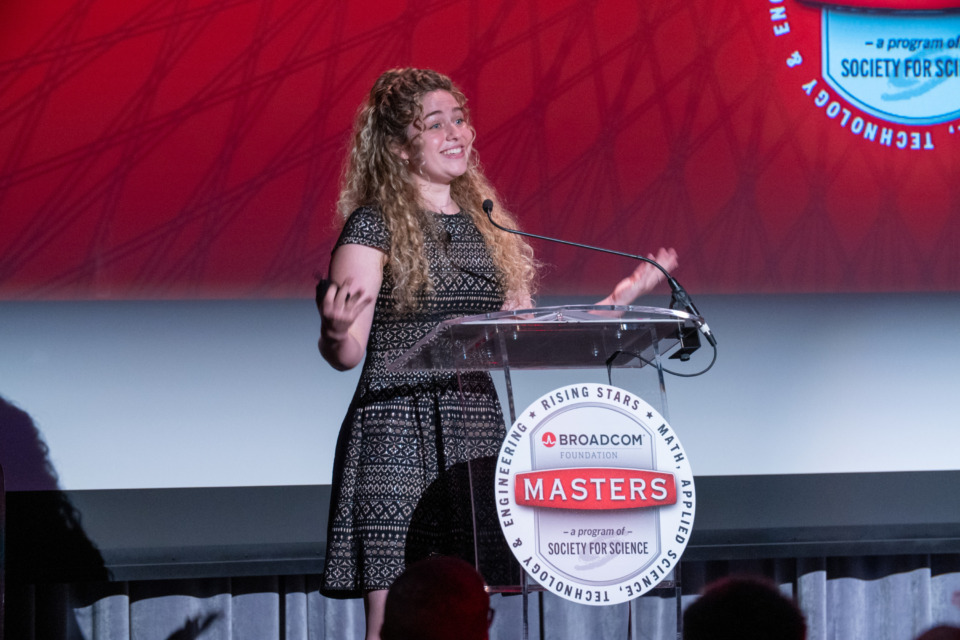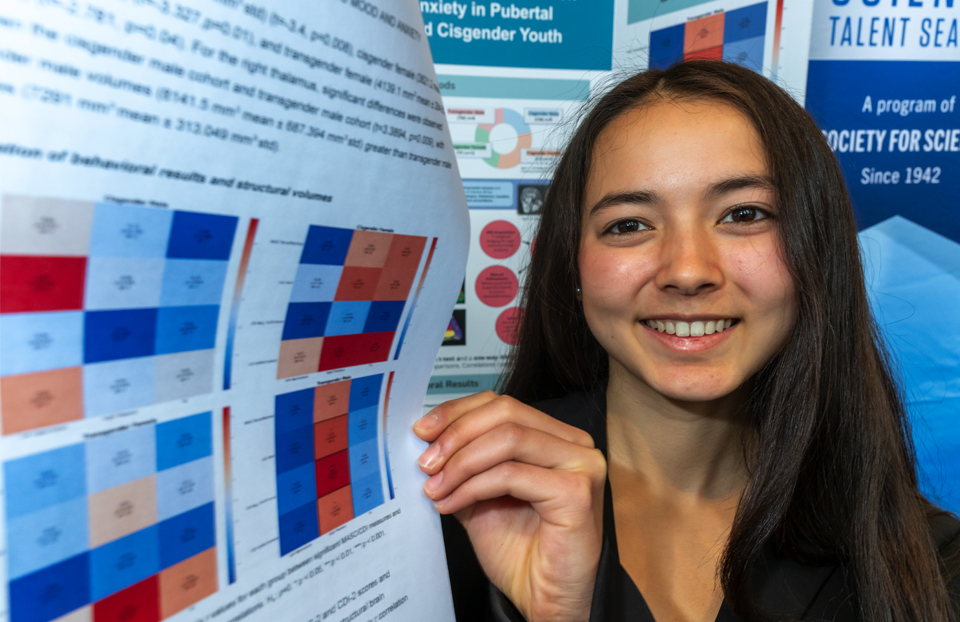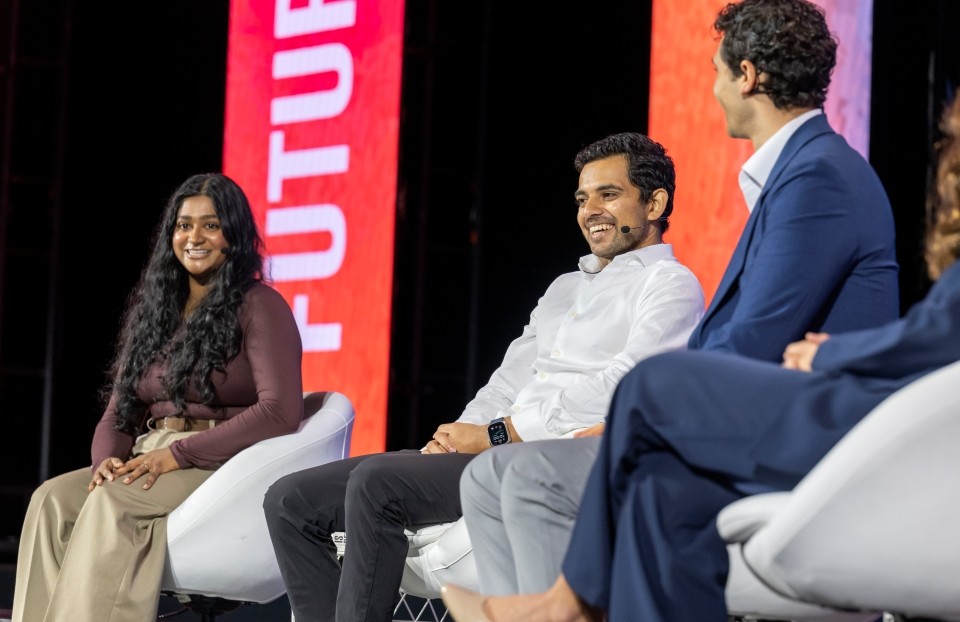Industry or Academia? One STS Alumnus Explains his Decision
By Caitlin Jennings, Communications Coordinator, Society for Science & the Public
As a teenager in the 1960s, Steve Binder wanted to be a research scientist. He took an interesting approach to choosing his science project, reading turn-of-the-century German journal articles for inspiration. “The reason I read that old literature is that they had really simple labs in 1910; the things they were doing in 1910 were things you could actually still do in a high school lab,” he says.
His project, which involved synthesizing inorganic compounds, earned him a spot as a Science Talent Search (STS) finalist in 1967. He says the best part was hanging out with 39 other kids who were interested in science, but he also enjoyed visiting the National Bureau of Standards, now the National Institute of Standards and Technology, which he called a chemistry Mecca, and meeting Vice President Hubert Humphrey, who was the gala speaker. “I also remember the session where we presented our posters to the public,” he says. “That was challenging because you had to explain your project in fifth grade vocabulary 100 times, and that’s a really great skill to have, which not all scientists have.”
As an undergraduate at Harvard he realized that he really enjoyed bench-work, producing and communicating results every day, over theoretical science and teaching. Through talking with some of his professors, he learned that a career in industry would allow him to emphasize practical application over theory. His early work was in a hospital environment where he identified a need to both refine existing blood testing procedures and create new ones.
That’s what eventually led him to Bio-Rad Laboratories in 1983 where he worked on developing new products. “Now that I work in industry, we have the time and resources to develop completely new blood tests that are better and more efficient.” Since 2000, he has served as the Director of Technology Development for the Clinical Diagnostic Group at Bio-Rad Laboratories, where he supervises the invention of new blood tests, most recently for autoimmune diseases. These tests are performed millions of times annually in hospital laboratories and public health centers all over the world. He has also published more than 20 papers and has 10 US patents.
Steve encourages aspiring scientists, whether they are aimed at academia or industry, to have a broad education. “People should try to avoid specializing too soon, because the things you learn in school are not what you’ll be doing 20 or 30 years down the road. It’s good to have a very wide view of what science is about and also a broad understanding of what is going on in your field.”


